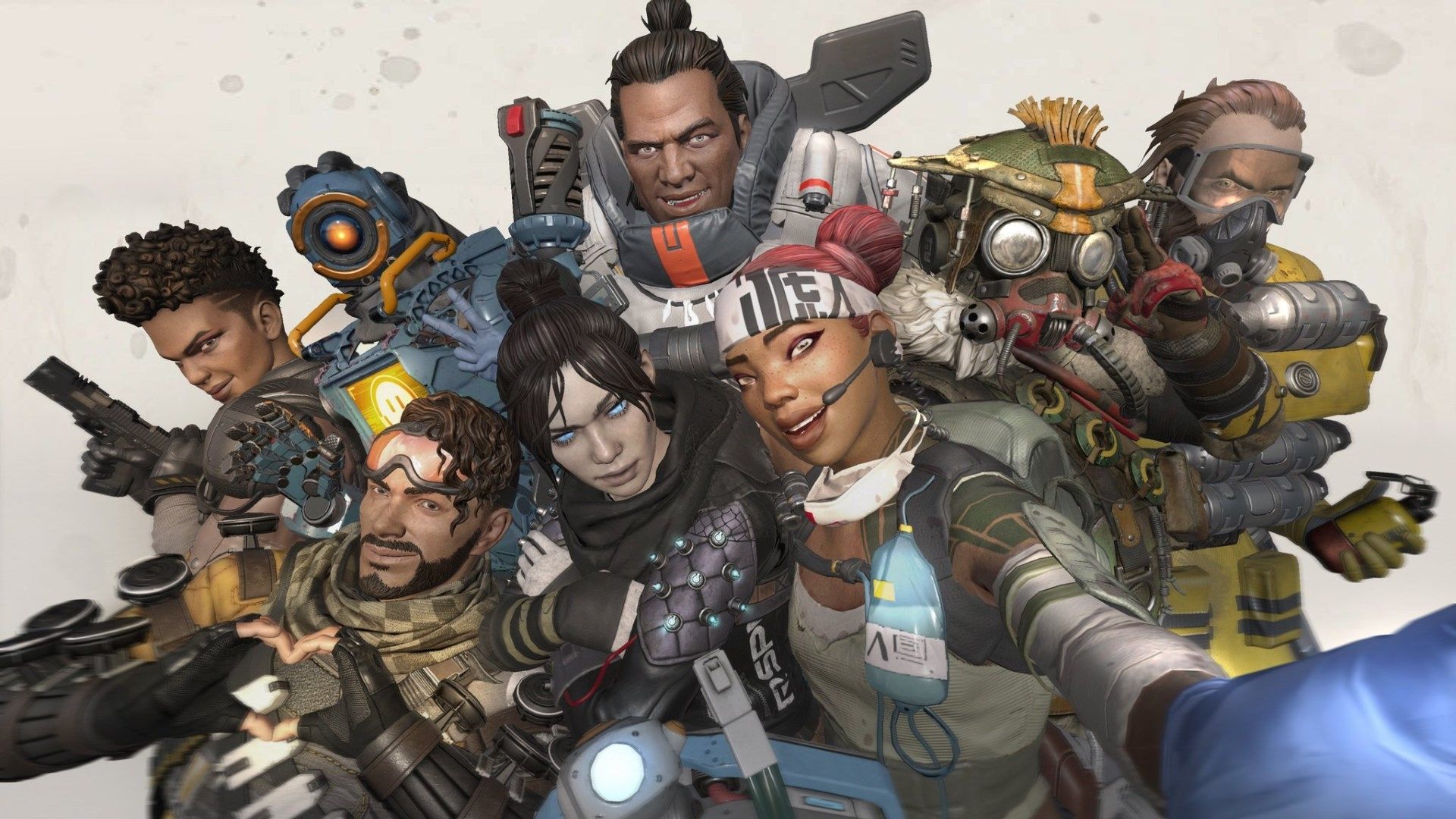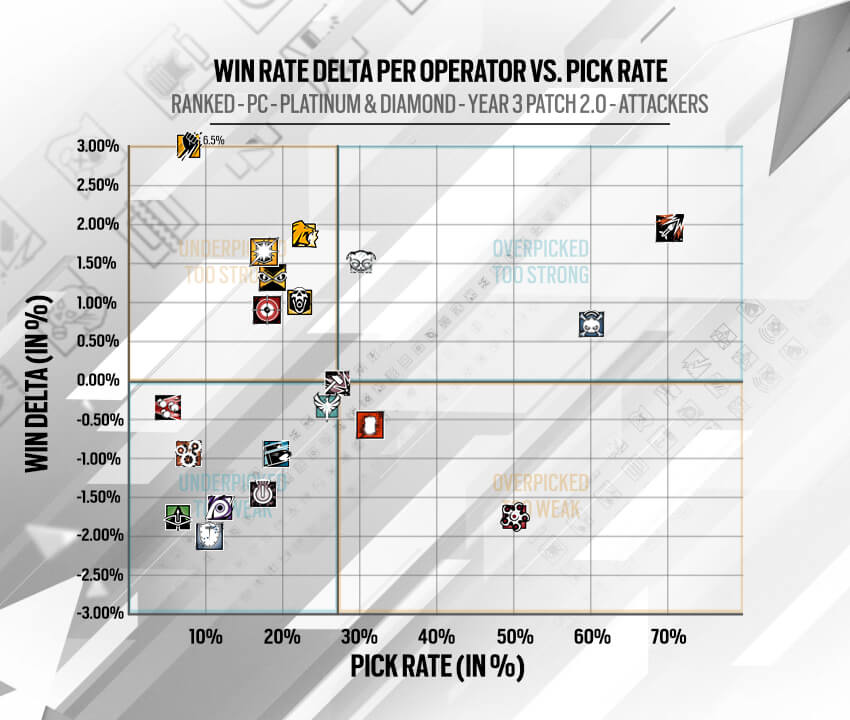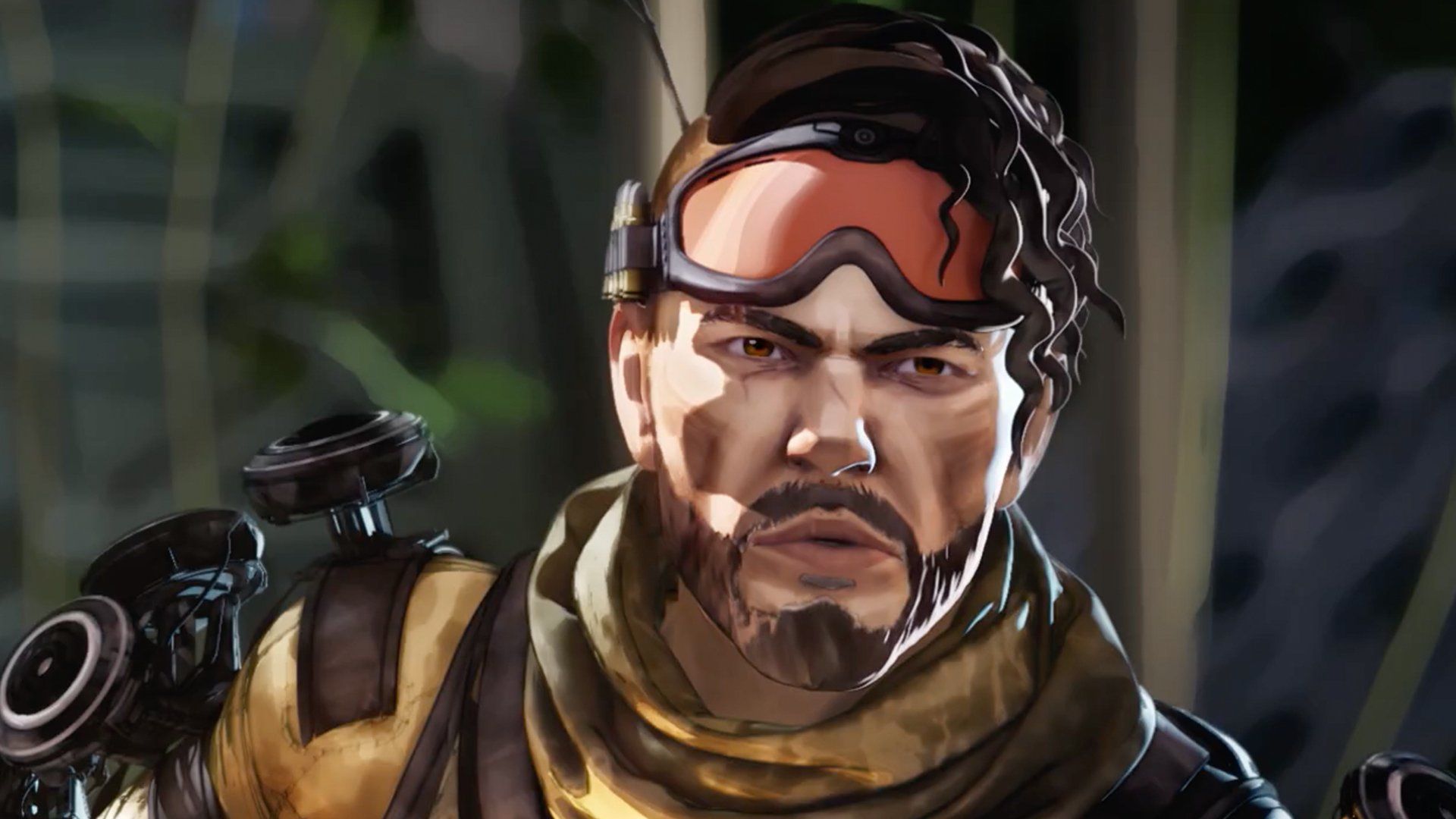Apex Legends hitboxes comparison reveals why you're having trouble hitting Wraith
Are Apex Legends' characters' different hitboxes truly a balance problem?

You may have noticed that Apex Legends' characters are different shapes. Lifeline is shorter than Pathfinder, who has a wider and more triangular upper-body. Caustic wears a flowy, tactical lab coat. Gibraltar is a literal and figurative hunk.
These distinct body models imbue legends with personality and help make them visually recognizable at range. But some Apex players are grappling with the fact that this means that some legends are easier to shoot than others. All eight characters field the same amount of health and movement speed—is it fair that Wraith is a smaller target than Mirage?
"I feel hitbox advantage is a very strong aspect in this game," argues one highly-upvoted post on the Apex Legends subreddit. "With scaling damage areas, for example, Wraith can be incredibly hard to pin down when she's on the move because of her Naruto run + small hitbox means that you'll most likely either be doing limb damage, or just not hitting her at all."
"ATM there is zero reason to play the big heroes because their hitboxes are such a liability mid fight and their abilities don't come close to making up for it," another redditor writes in reply.
Although FPSes like Overwatch feature differently-sized hitboxes, this isn't the case in CS:GO or fellow battles royale* PUBG and Fortnite, where cosmetic changes to characters don't alter hitboxes. Rainbow Six Siege makes hitbox size and health somewhat proportional: bigger operators like Rook and Doc are more heavily armored and take less damage from any given bullet.
But exactly how big are Apex Legends' hitboxes? In the absence of raw data, YouTuber SookieSpy performed an in-game test to measure the shape of the eight legends. Using a technique that I can only describe as "like that gag in Looney Tunes when the bullets form a perfect outline around Bugs Bunny," SookieSpy meticulously traced the edges of each character, then went frame-by-frame in his video recording to connect the dots.
Compared side-by-side, the results appear significant:
The biggest gaming news, reviews and hardware deals
Keep up to date with the most important stories and the best deals, as picked by the PC Gamer team.

But there are some key caveats to consider. In-game, you're rarely shooting at a target that's standing still. This test doesn't measure the differences in body size present during sprinting, crouch-sliding, reloading, or other movements. At best they represent a baseline, a best guess of what we experience when these characters are moving. FOV could also impact the exact appearance of character outlines, and as SookieSpy notes, characters animate while in their idle state, muddying his process.
A truer indicator of imbalance will be the win rates and pick rates of Apex's characters across different skill levels.
Respawn's community manager did comment in another discussion that the studio "definitely aware of it," but didn't indicate that the studio necessarily sees the discrepant hitboxes as an issue. Personally, I'm skeptical that homogenizing all of Apex Legends' hitboxes would make it a better game. It's myopic to fixate on one aspect of character design when recommending balance. Gibraltar's the biggest character in Apex, but he's also the only one who gets a free shield when aiming down sights. How do you quantify that benefit against his body size?

A truer indicator of imbalance (or the perception of it) will be the win rates and pick rates of Apex's characters across different skill levels. I like the way that Ubisoft regularly exposes this data to players in its discussion of the game's meta, and I'd love to see Repawn take the same step. Siege's dev team seems to get that shaking up the meta is more important than steamrolling any differences in pursuit of an imaginary perfect balance. Again, as Siege has shown, the presence of a lower-tier character can add meaning and fun—Tachanka is altogether a troll, mascot, and meme who can surprise enemy teams when carefully used.
If Respawn does decide to tinker, expanding the health pools of larger-bodied characters like Caustic could be an approach, but there are downsides to this too. I love the fact that I don't have to worry about the time-to-kill changing based on how durable a character is—changing this would necessarily make Apex's great guns a little harder to read.
For now, I guess we can acknowledge that, in their own special way, every character class is different.
*Grammatically this is what we're going with right now, along the lines of "Attorneys General" or "Editors-in-Chief."

Evan's a hardcore FPS enthusiast who joined PC Gamer in 2008. After an era spent publishing reviews, news, and cover features, he now oversees editorial operations for PC Gamer worldwide, including setting policy, training, and editing stories written by the wider team. His most-played FPSes are CS:GO, Team Fortress 2, Team Fortress Classic, Rainbow Six Siege, and Arma 2. His first multiplayer FPS was Quake 2, played on serial LAN in his uncle's basement, the ideal conditions for instilling a lifelong fondness for fragging. Evan also leads production of the PC Gaming Show, the annual E3 showcase event dedicated to PC gaming.


